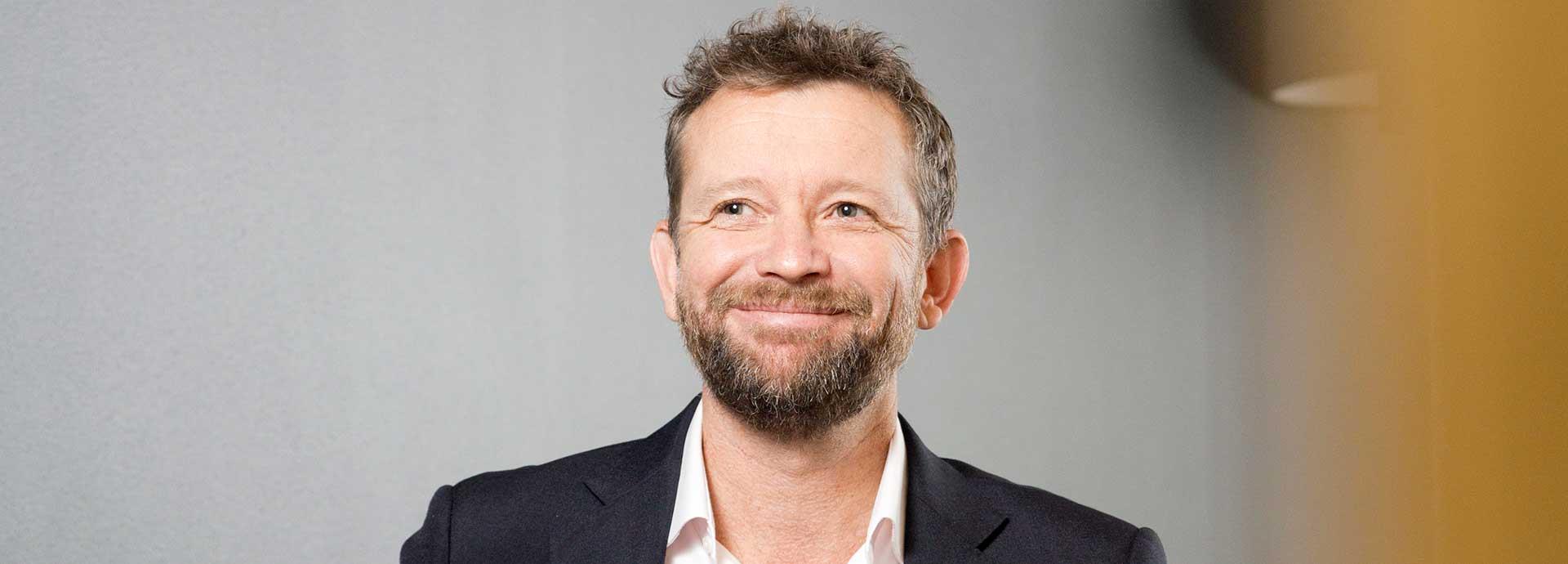

1. What does cyber security mean for Wärtsilä?
Because everything is now connected, security becomes more prevalent. Wärtsilä is becoming a smart technology company, and we’re moving towards providing smart solutions for a sustainable ecosystem. Everything we do in our Energy and Marine
Solutions requires that we have a safe and secure methodology in place. Cyber security is a risk management process that secures both our own and our customers’ revenue streams by protecting key assets in the connected chain.
2. What are the biggest vulnerabilities in the marine and energy ecosystems?
Every aspect of the system has a security feature. On a vessel, everything from navigation all the way down to the automation of the engine has an electrical component that is connected to others. If you have a connected power solution and one part fails,
it’s likely that others could fail too. To be able to prioritise the security of each element and look at the system holistically is therefore very important.
3. For you, the most fascinating thing about cyber security is the people. Why?
It may sound like a strange or a surprising thing to say, but cyber security is not about technological solutions but about the people. If the security fails within an IT system, it’s not usually the system that is failing but the person who is using it. It all comes down to the basics. If you have good personal cyber hygiene, you can do a lot to mitigate threats.
Did you like this? Subscribe to Insights updates!
Once every six weeks, you will get the top picks – the latest and the greatest pieces – from this Insights channel by email.

